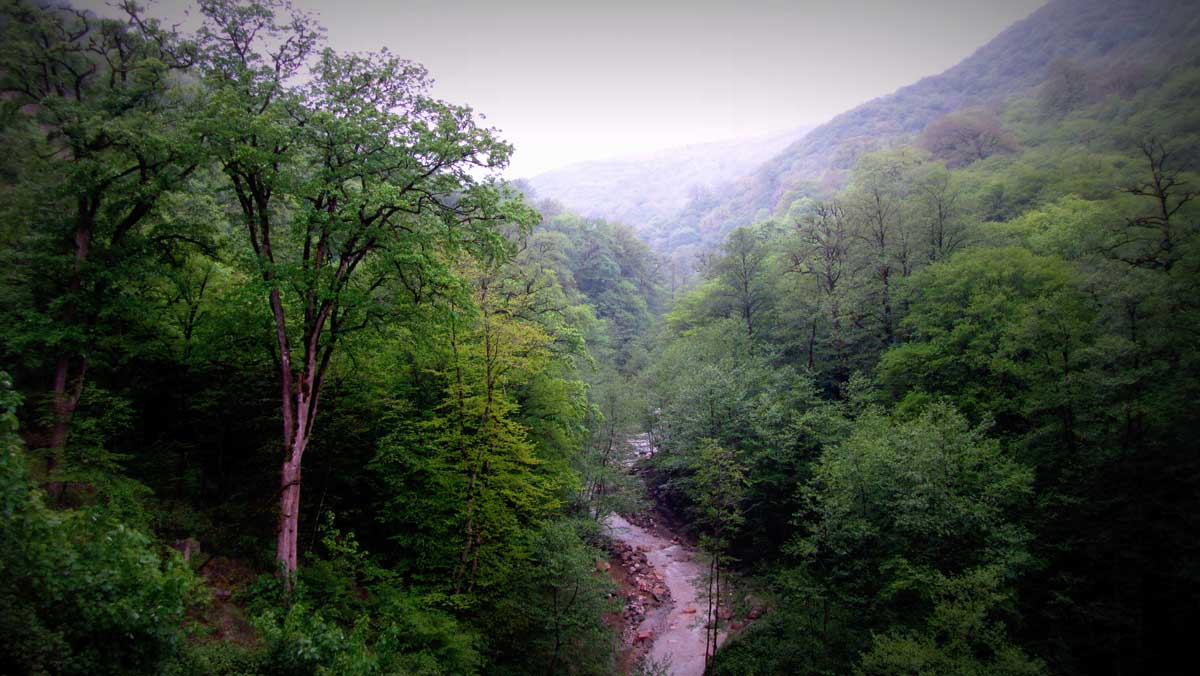Covering less than 10% of the country, forests are considered a rare natural resource in Iran, whose semi-arid climate makes it difficult for lush forests to grow. Yet here they are, defying all odds and helping Iran stand out in every satellite image of the Middle East.
Nevertheless, they are taken for granted.
From illegal logging to wildfires, Iran’s forests are shrinking at an alarming pace. Now, the country’s northern forests have to deal with a new threat: municipal trash.
Speaking at a press conference in Noshahr, Mazandaran Province, Behzad Angoraj Taqavi, deputy for forests at the Forests, Range and Watershed Management Organization, said littering in woodlands is “one of the most destructive practices” that has become a habit of not only campers, but also municipalities, ISNA reported.
Pointing to the sorry state of forests in the northern regions on the Caspian coast, especially in Mazandaran, he said, “Waste disposal has never been a strong suit of municipalities. They have no idea how to go about it.”
He dismissed calls for fencing off forests, saying that would only address a symptom of a larger problem, which can only be resolved by acculturation and instilling a sense of responsibility to the environment.
“Proper management of forests is key to solving the problem,” the official noted, adding that the FRWO is not against using forests, but supports sustainable exploitation.
Incineration Plant
Accumulation of garbage in forests reflects poorly on municipalities, Taqavi said, adding: “Trash is never buried in designated disposal sites in the north; it is usually left on the edges of forests.”
Talks have been held with mayors to set up an incineration plant near Sari, provincial capital of Mazandaran, to help dispose off solid waste. He said discussions have been encouraging but did not elaborate.
Taqavi called on the media to help raise public awareness toward natural resources, especially forests, and promote waste sorting at home.
Iran’s northern flank is the main tourist attraction of the country largely because of the lush forests and Caspian coasts. Families with some extra money to spend are in ‘Shomal’ (north) every weekend, including in the cold winter season. Many own villas and farmhouses across the northern provinces and the surrounding villages and towns.
Access to that part of the country is through three main roadways – Chalus, Haraz and Firooz-Kuh.
A highway is also in the works for almost three decades along the picturesque Chalus road. The project has, however, moved ahead at snail’s pace due to environmental concerns and financial problems, including with the Chinese contractor responsible for a part of the highway construction that passes through vast forests and rugged terrain.


